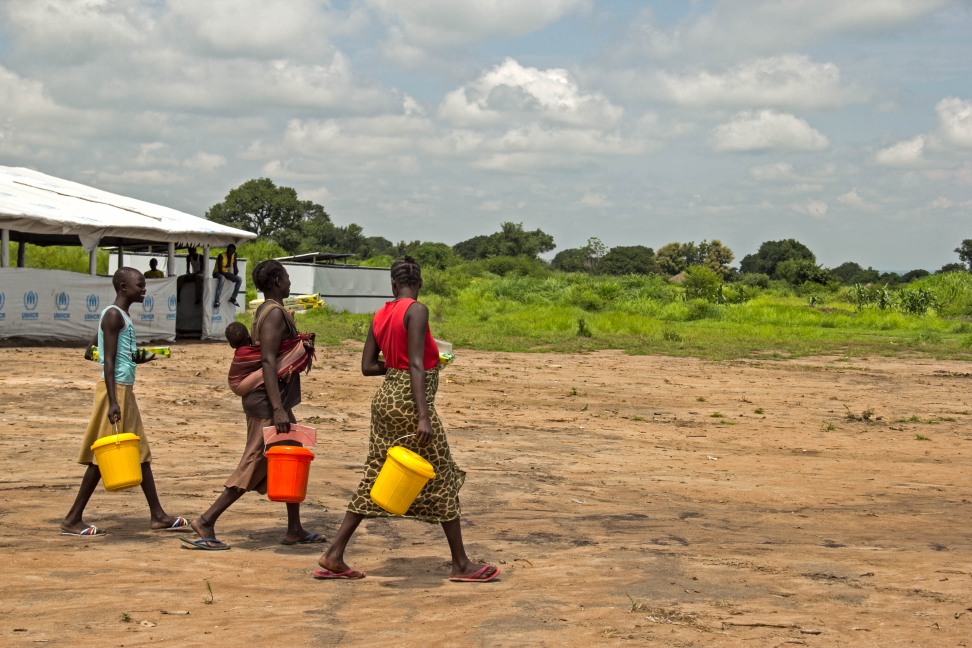Let it stay in the heart and injure, rather than going out and exposing me: Unpacking cultural concepts of distress among Syrian refugees in Jordan

Written by Jessica E. Lambert, Hala Abu Taleb, &; Joop de Jong
Understanding cultural concepts of distress is crucial to developing acceptable and relevant mental health and psychosocial support interventions. In our formative study, we are aiming to identify and unpack culturally based expressions of distress among Syrian refugees in Jordan. Using this comprehensive report on culture and mental health among Syrians as a starting point, we sought to identify the most salient expressions of distress in a series of focus group discussions (FGDs) with adult refugees. Yet, the reality proved far more complex, setting the stage for exploring the nuanced and multifaceted nature of emotional expression within this community.
How cultural norms influence expressions of distress
A prominent theme that emerged from the FGDs was "Let it stay in the heart and injure, rather than going out and exposing me," reflecting deep-seated cultural norms that influence the expression of distress. This poignant expression captures the internal struggle between the impact of holding emotional pain and the fear of social stigma or misunderstanding that may follow disclosure. This appears to be embedded in societal expectations. It highlights the complexities involved in researching and addressing emotional distress because the process of obtaining accurate and meaningful data depends on participants’ willingness to articulate their experiences.
Participants in the FGDs also highlighted how gender dynamics and familial roles influence the expression and management of distress. Whereas participants noted that, in general, women in their society would be more likely to share their emotional difficulties, mothers tend to bear the emotional burden of the whole system within a family. As one participant expressed, "A mother, as much as she can, keeps her struggles and the burdens of her husband, children, and home to herself. She endures as much as she can..." In contrast, men seem to have an expectation of stoicism, avoiding the expression of vulnerability. "A father is the source of strength for his family; how can he allow his family to see him exhausted? Society raised them to be that way," echoing the sentiment of keeping distress internalized.
Incorporating this into our study
Following the FGDs, to further explore the relevance of the cultural expression "Let it stay in the heart and injure, rather than going out and exposing me," we incorporated it into our subsequent quantitative study involving 300 Syrian refugees. Participants were asked how much they agreed with the stated expression, revealing that nearly three-quarters of the sample either agreed or strongly agreed, with negligible gender differences. However, a deeper dive into the data showed males who agreed more strongly with this sentiment reported higher levels of distress and more impaired functioning. These correlations were absent among female participants, suggesting that while the belief around internalizing emotions is a shared cultural norm, the actual practice and its impact may differ between genders.
Curiously, although our results highlight a cultural inclination to internalize distress, which manifests differently between genders, others have discovered "sharing stories eases pain" was a key recovery theme for both men and women. This observation underscores the therapeutic potential of narrative sharing within this population despite conflicting social norms. The results also highlight the importance of fostering a supportive environment in our group intervention strategies. It is making us more aware of the delicate balance between cultural sensitivity and the therapeutic potential of shared narratives in promoting mental health and psychosocial well-being among Syrian refugees.
What next?
The findings point to areas important for future research, particularly around gender differences in the use of expressions and the ways in which stigma influences the information people share about their experiences. A more in-depth exploration of how to create conditions within the therapeutic setting that allow Syrian refugees, particularly men, to feel safe sharing their stories, is also warranted.
These findings have informed the adaptation of our Life Stress and Resilience manual – which we are testing in a small uncontrolled pilot. We hope to test it further through definitive randomized controlled trials in the future. We will be sharing the results from our study as they become available on our Elrha study page.
[.slimline-cta-box][.slimline-cta_heading]Find out more[.slimline-cta_heading][.slimline-cta_paragraph]Keep up to date with this study by visiting the study's Elrha profile page.[.slimline-cta_paragraph][.slimline-cta-box]
Stay updated
Sign up for our newsletter to receive regular updates on resources, news, and insights like this. Don’t miss out on important information that can help you stay informed and engaged.
Explore Elrha
Learn more about our mission, the organisations we support, and the resources we provide to drive research and innovation in humanitarian response.